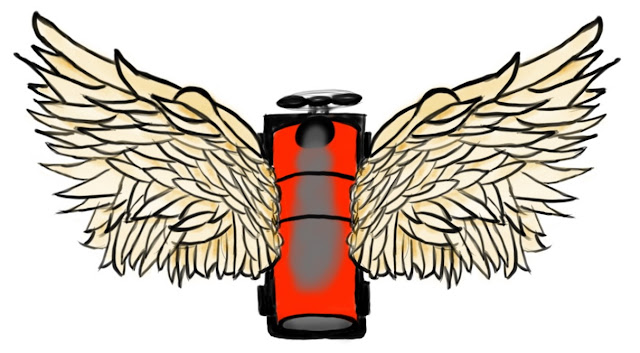Dynamical Magic Transitions in Monitored Clifford + T Circuits
Link to manuscript on arXiv
Or copy and paste the following into the search bar:
Authors
Mircea Bejan, Campbell McLauchlan, Benjamin Béri
Abstract
The classical simulation of highly-entangling quantum dynamics is conjectured to be generically hard. Thus, recently discovered measurement-induced transitions between highly-entangling and low-entanglement dynamics are phase transitions in classical simulability. Here, we study simulability transitions beyond entanglement: noting that some highly-entangling dynamics (e.g., integrable systems or Clifford circuits) are easy to classically simulate, thus requiring "magic" - a subtle form of quantum resource - to achieve computational hardness, we ask how the dynamics of magic competes with measurements. We study the resulting "dynamical magic transitions" focusing on random monitored Clifford circuits doped by $T$ gates (injecting magic). We identify dynamical "stabilizer-purification" - the collapse of a superposition of stabilizer states by measurements - as the mechanism driving this
transition. We find cases where transitions in magic and entanglement coincide, but also others with a magic and simulability transition in a highly (volume-law) entangled phase. In establishing our results, we use Pauli-based computation, a scheme distilling the quantum essence of the dynamics to a magic state register subject to mutually commuting measurements. We link stabilizer-purification to "magic fragmentation" wherein these measurements separate into disjoint, O(1)-weight blocks, and relate this to the spread of magic in the original circuit becoming arrested.



Comments
Post a Comment